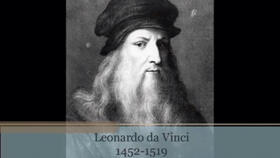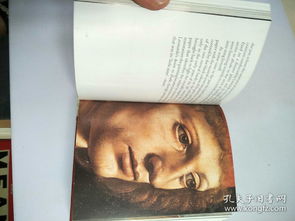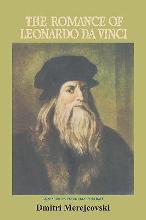
Leo da Vinci: A Multidimensional Mastermind
Leonardo da Vinci, an Italian polymath of the Renaissance, is renowned for his unparalleled contributions to art, science, and engineering. Born on April 15, 1452, in Vinci, Italy, his life was a testament to the power of curiosity and innovation. Let’s delve into the various facets of this extraordinary individual.
Artistic Genius

Da Vinci’s artistic prowess is perhaps his most celebrated achievement. His paintings, such as the Mona Lisa and The Last Supper, are masterpieces that continue to captivate audiences worldwide. His attention to detail, use of light and shadow, and ability to capture human emotion are unparalleled.
Da Vinci’s sketches, which he meticulously documented in his notebooks, provide a glimpse into his creative process. These notebooks contain thousands of drawings, ranging from detailed anatomical studies to intricate mechanical designs. His ability to combine art and science in his work was revolutionary.
Scientific Inquirer

Beyond his artistic endeavors, da Vinci was a voracious scientist. He conducted extensive studies on anatomy, geology, and hydrodynamics, among other subjects. His notebooks are filled with sketches and diagrams of his scientific experiments and theories.
One of his most notable scientific contributions was his study of human anatomy. Da Vinci’s anatomical drawings are considered some of the most accurate of their time. He meticulously dissected cadavers and documented his findings, which helped to advance the field of medicine.
Engineer and Inventor

Da Vinci’s engineering skills were equally impressive. He designed numerous inventions, ranging from flying machines to intricate mechanical devices. Some of his most famous inventions include the helicopter, the tank, and the armadillo suit.
His designs were often ahead of their time, and many of his inventions remained theoretical or untested during his lifetime. However, his work laid the foundation for future advancements in technology and engineering.
Philosopher and Humanist
Da Vinci was not only a scientist and artist but also a philosopher and humanist. He believed in the importance of education and the pursuit of knowledge. His notebooks contain numerous philosophical musings and reflections on the human condition.
Da Vinci’s humanist beliefs were evident in his art and scientific work. He sought to understand the world and humanity’s place within it. His curiosity and desire to explore the unknown were central to his philosophy.
Legacy
Leonardo da Vinci’s legacy is a testament to the power of curiosity and innovation. His contributions to art, science, and engineering have had a lasting impact on the world. Today, he is celebrated as one of the greatest minds in history.
Da Vinci’s notebooks, which contain his sketches, diagrams, and musings, continue to be a source of inspiration for artists, scientists, and engineers. His work has influenced countless fields, from art and architecture to medicine and technology.
Table of Da Vinci’s Notable Inventions:
| Invention | Description |
|---|---|
| Helicopter | A flying machine with rotating blades, designed to lift off and hover in the air. |
| Tank | A heavily armored vehicle designed for military use, capable of crossing difficult terrain. |
| Armadillo Suit | A protective suit made of interlocking plates, designed to provide protection against arrows and other projectiles. |
| Automated Organ | A mechanical device designed to play musical notes, powered by a clockwork mechanism. |
| Automated Knight | A mechanical suit of armor designed to move and fight autonomously. |
In conclusion, Leonardo da Vinci was a multifaceted genius whose work continues to inspire and challenge us. His curiosity, innovation, and dedication to understanding the world around him have left an indelible mark on history.





